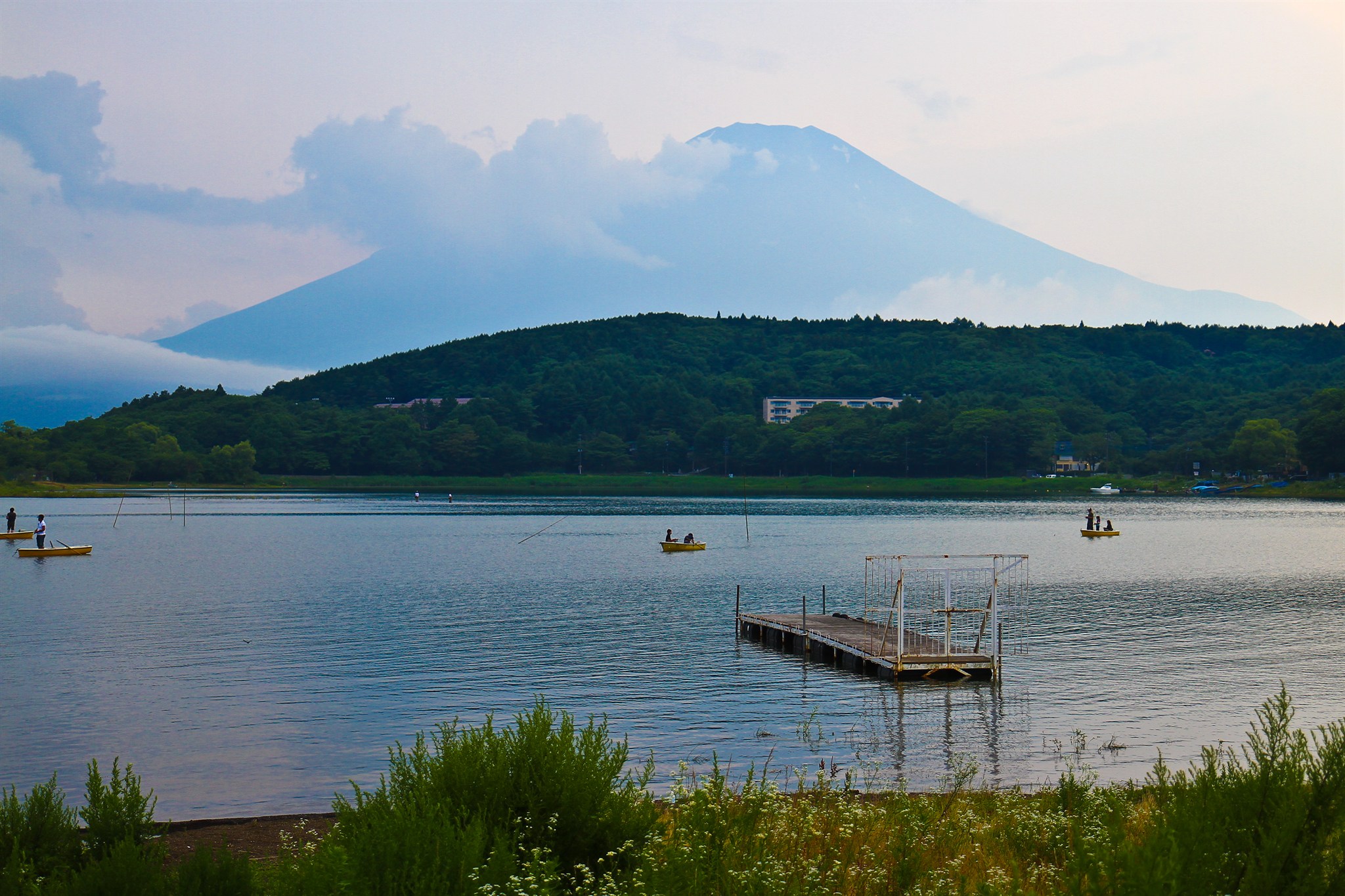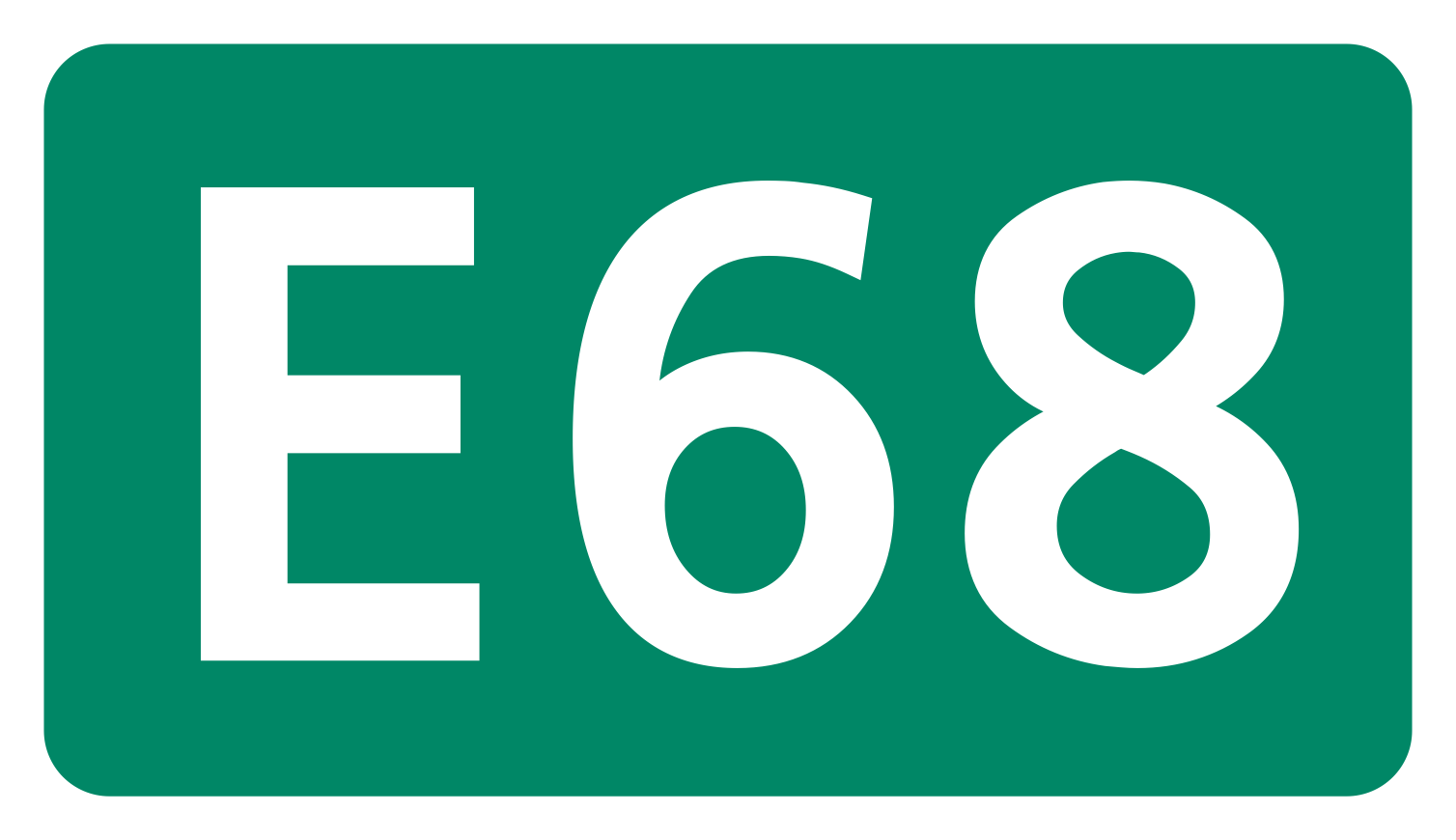Yamanakako, Yamanashi on:
[Wikipedia]
[Google]
[Amazon]
 is a
is a
 Higashifuji-goko Road
*
*
Higashifuji-goko Road
*
*
Official Website
* {{Authority control Villages in Yamanashi Prefecture
 is a
is a village
A village is a human settlement or community, larger than a hamlet but smaller than a town with a population typically ranging from a few hundred to a few thousand. Although villages are often located in rural areas, the term urban v ...
located in Yamanashi Prefecture
is a prefecture of Japan located in the Chūbu region of Honshu. Yamanashi Prefecture has a population of 787,592 (1 February 2025) and has a geographic area of 4,465 km2 (1,724 sq mi). Yamanashi Prefecture borders Saitama Prefecture to the n ...
, Japan. , the village had an estimated population of 5,826 in 2401 households, and a population density of . The total area of the village is .
Geography
Yamanakako is located in the far southeastern corner of Yamanashi Prefecture, surroundingLake Yamanaka
is located in the village of Yamanakako in Yamanashi Prefecture near Mount Fuji, Japan.
Lake Yamanaka is the largest of the Fuji Five Lakes in surface area and the highest in elevation. It is the third highest lake in Japan, with a mean sur ...
. Much of the village area is protected forest, extending to the base of Mount Fuji
is an active stratovolcano located on the Japanese island of Honshu, with a summit elevation of . It is the highest mountain in Japan, the second-highest volcano on any Asian island (after Mount Kerinci on the Indonesian island of Sumatra), a ...
, which is also visible from many locations.
Neighboring municipalities
Kanagawa Prefecture * Yamakita Shizuoka Prefecture * Oyama Yamanashi Prefecture * Dōshi *Fujiyoshida
is a Cities of Japan, city located in Yamanashi Prefecture, Japan. , the city had an estimated population of 48,782 in 19,806 households and a population density of 400 persons per km2. The total area of the city is .
Geography
Fujiyoshida lie ...
* Oshino
* Tsuru
Climate
The village has a climate characterized by hot and humid summers, and relatively mild winters (Köppen climate classification
The Köppen climate classification divides Earth climates into five main climate groups, with each group being divided based on patterns of seasonal precipitation and temperature. The five main groups are ''A'' (tropical), ''B'' (arid), ''C'' (te ...
''Cfb''). The average annual temperature in Yamanakako is 9.4 °C. The average annual rainfall is 1876 mm with September as the wettest month.
Demographics
Per Japanese census data, the population of Yamanakako has recently plateaued after a long period of growth.History
NumerousJōmon period
In Japanese history, the is the time between , during which Japan was inhabited by the Jōmon people, a diverse hunter-gatherer and early agriculturalist population united by a common culture, which reached a considerable degree of sedentism an ...
remains have been found near Lake Yamanaka, and ancient Tsuru County, of which the area is a part, is mentioned in the late Nara period
The of the history of Japan covers the years from 710 to 794. Empress Genmei established the capital of Heijō-kyō (present-day Nara). Except for a five-year period (740–745), when the capital was briefly moved again, it remained the capita ...
''Engishiki
The is a Japanese book of laws and customs. The major part of the writing was completed in 927. Nussbaum, Louis-Frédéric. (2005)"''Engi-shiki''"in ''Japan Encyclopedia'', p. 178.
History
Emperor Daigo ordered the compilation of the ''Engishi ...
'' records. The area was a contested border region between the Takeda clan
The was a Japanese samurai clan active from the late Heian period until the late 16th century. The clan was historically based in Kai Province in present-day Yamanashi Prefecture. The clan reached its greatest influence under the rule of Taked ...
, Imagawa clan
was a Japanese samurai clan that claimed descent from the Seiwa Genji by way of the Kawachi Genji. It was a branch of the Minamoto clan by the Ashikaga clan.
Origins
Ashikaga Kuniuji, grandson of Ashikaga Yoshiuji, established himself in ...
and Odawara Hōjō clan during the Sengoku period
The was the period in History of Japan, Japanese history in which civil wars and social upheavals took place almost continuously in the 15th and 16th centuries. The Kyōtoku incident (1454), Ōnin War (1467), or (1493) are generally chosen as th ...
.
During the Edo period
The , also known as the , is the period between 1600 or 1603 and 1868 in the history of Japan, when the country was under the rule of the Tokugawa shogunate and some 300 regional ''daimyo'', or feudal lords. Emerging from the chaos of the Sengok ...
, all of Kai Province was ''tenryō
The Tokugawa shogunate, also known as the was the military government of Japan during the Edo period from 1603 to 1868.
The Tokugawa shogunate was established by Tokugawa Ieyasu after victory at the Battle of Sekigahara, ending the civil war ...
'' territory under direct control of the Tokugawa shogunate
The Tokugawa shogunate, also known as the was the military government of Japan during the Edo period from 1603 to 1868.
The Tokugawa shogunate was established by Tokugawa Ieyasu after victory at the Battle of Sekigahara, ending the civil wars ...
. With the establishment of the modern municipalities system in the early Meiji period
The was an era of Japanese history that extended from October 23, 1868, to July 30, 1912. The Meiji era was the first half of the Empire of Japan, when the Japanese people moved from being an isolated feudal society at risk of colonizatio ...
in 1875, the village of Nakano was created within Minamitsuru District, Yamanashi Prefecture by the merger of Yamanaka and Hirano hamlets. This village was renamed Yamanakako Village on January 1, 1965.
Economy
The economy of Yamanakako is primarily based on tourism and agriculture.Education
Yamanakako has one public elementary school and one public junior high school, and one combined elementary/middle school, all operated by the village government. The village does not have a high school.Transportation
Railway
*Yamanakako has no railway service.Highway
* Higashifuji-goko Road
*
*
Higashifuji-goko Road
*
*
Local attractions
*Lake Yamanaka
is located in the village of Yamanakako in Yamanashi Prefecture near Mount Fuji, Japan.
Lake Yamanaka is the largest of the Fuji Five Lakes in surface area and the highest in elevation. It is the third highest lake in Japan, with a mean sur ...
*Mishima Yukio Literary Museum
References
External links
*Official Website
* {{Authority control Villages in Yamanashi Prefecture